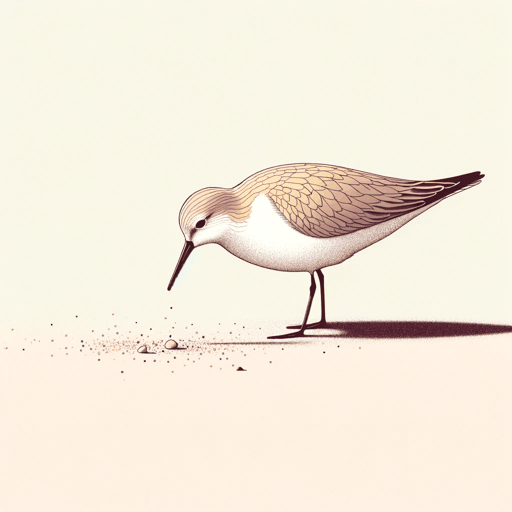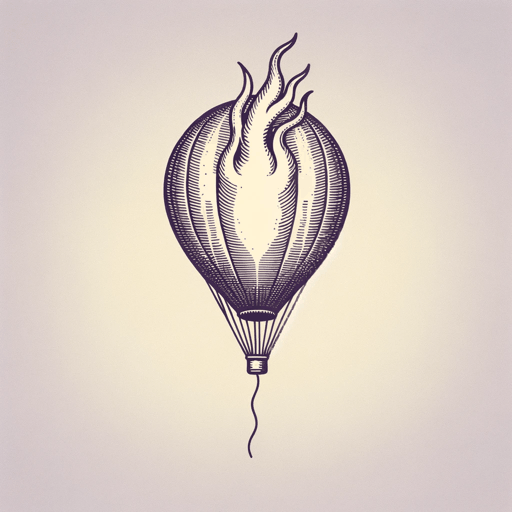18 pages • 36 minutes read
Elizabeth BishopThe Armadillo
Fiction | Poem | Adult | Published in 1957A modern alternative to SparkNotes and CliffsNotes, SuperSummary offers high-quality Study Guides with detailed chapter summaries and analysis of major themes, characters, and more.
Symbols & Motifs
Hearts
The pulsing of the fire in the balloons is compared to beating “hearts” (Line 8). The flame “comes and goes” (Line 8), like heartbeats. These hearts represent the people who send off fire balloons as part of Festa Junina. This symbol is developed through the rhyme of Line 6 with Line 8—“these parts” rhymes with “like hearts.” This connects the location, or these parts, with the people who inhabit them and engage in rituals each year. The hearts of these people are lifted by celebrating the saint’s day. In this way, the symbol of hearts develops A Sense of Place. The color of hearts is also significant, as it is related to the fire—both are red. Reddish tones appear on the owls and the armadillo as well. The owls are “stained bright pink underneath” (Line 27) and the armadillo is “rose-flecked” (Line 32). This color motif connects human hearts with animal hearts; the latter of which suffers despite the joy of the former.
Celestial Bodies
The fire balloons are compared to various celestial bodies, including stars and planets. This resemblance between the human-made balloons and the heavenly bodies is initially positive, illustrating how the fire balloons are beautiful against the night sky:
Related Titles
By Elizabeth Bishop

A Miracle for Breakfast
Elizabeth Bishop

Arrival at Santos
Elizabeth Bishop

Crusoe in England
Elizabeth Bishop

Exchanging Hats
Elizabeth Bishop

Five Flights Up
Elizabeth Bishop

Insomnia
Elizabeth Bishop

One Art
Elizabeth Bishop

Sandpiper
Elizabeth Bishop

Sestina
Elizabeth Bishop

The Fish
Elizabeth Bishop

The Imaginary Iceberg
Elizabeth Bishop

The Moose
Elizabeth Bishop

The Mountain
Elizabeth Bishop

The Shampoo
Elizabeth Bishop

